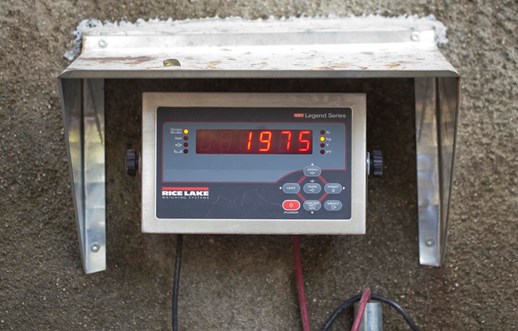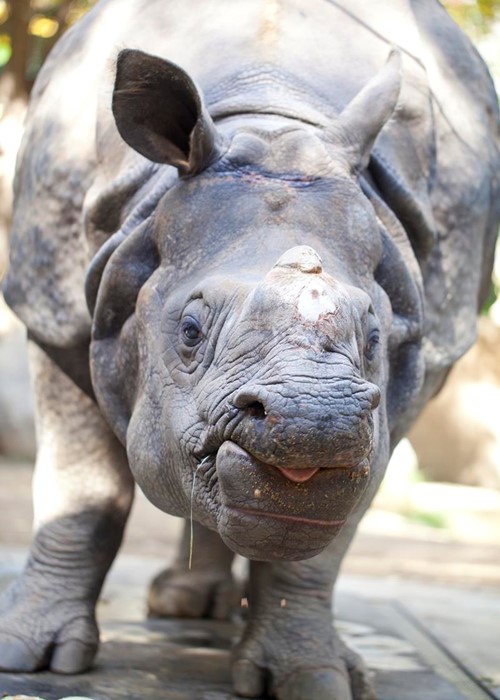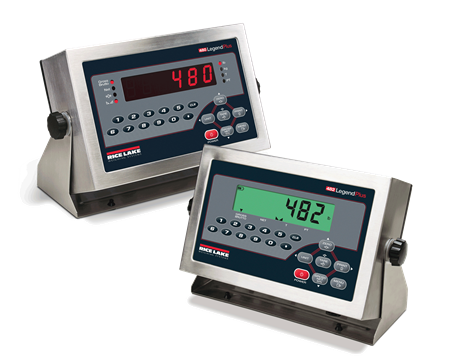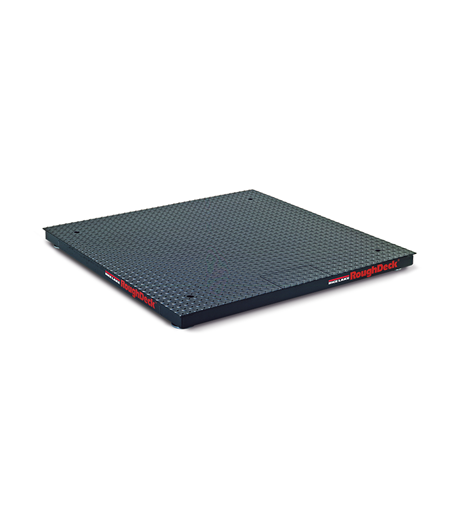Is the website displaying in the correct language? Please confirm or select a different language.
Your region has been set automatically. Please confirm or select a different region.
King of the Zoo
At first glance, a hippopotamus doesn't look very menacing. Their Shrek-like ears accentuate a hairless face and their chubby body is reminiscent of a harmless manatee. The hippo’s broad snout looks to be the perfect landing spot for a hand to pet, and their interesting skin texture begs for a curious onlooker’s touch. However, this is one of the most aggressive and dangerous animals in the world, responsible for an estimated 200 human deaths per year. Indigenous to Africa, the only place most of us can safely observe a hippopotamus is in a zoo, but most zoos do not have the aquatic habitat necessary to support the water-loving creature. When the Los Angeles Zoo wanted a hippo, to accommodate its size, they modified an existing exhibit, but they also needed to add something new: a heavy-duty scale to weigh the massive hippo.
Weight is essential to diagnose an animal’s health. Since they cannot communicate when something is wrong, their weight often tells the story a sick animal cannot. “Weight can be used to assess body condition and discover or monitor pregnancy,” explains Robin Noll, Senior Animal Keeper at the L.A. Zoo. “Maintaining weight is one of the indications of a healthy animal, so if weight is consistently gained or lost, it can be cause for concern. There may be a disease process occurring or a need to change diet. Conversely, if an animal is obese, a scale is necessary to calculate weight loss and verify that diet adjustments are working.”
The zoo made the necessary habitat alterations for their new hippo, but they didn’t have a heavy-duty scale needed to withstand its future full-grown weight. Additionally, they wanted to weigh their aging Indian rhinoceros, which would also require an equally beefy scale. The installation would not be typical, as hippo temperament requires discrete weight-taking so the animal will not detect something out of the ordinary and become uncooperative.
They contacted John Hallak, president and COO of AAA Weigh, who had installed previous scales at the L.A. Zoo. “We have done many projects over the years, including scales for zebras, birds, reptiles and other animals,” says John. “The level of care the zoo provides is so intense and comprehensive that scales are required for every animal. Everyone knows the animals they see at the zoo, but there are really many more animals the public doesn’t see that need to be cared for as well. Scales are an extremely important part of this, and I knew this application would require a special scale.”
“The zoo needed a scale that was sound, durable and repeatable,” John continues. “In addition to the demanding weight, the area is outdoors so there are weather issues to consider. Also, the environment is not as clean as a medical or pharmaceutical company since there is dirt and other materials around. Often, the animals are moving and not always perfectly still, so for all these reasons, they needed a scale that could take a beating.”
AAA Weigh had already installed several RoughDeck floor scales throughout the zoo, and recommended a custom RoughDeck HP for the hippo and rhino. Its 10,000-pound capacity and legendary durability would be able to withstand a rhino stomp or hippo thrash. A 144-inch by 56-inch area behind the exhibit was designated for the pit installation, and Rice Lake provided schematics for the zoo construction department to prepare the scale pit. “I was a bit nervous because if something was slightly off, the scale wouldn’t fit,” remembers Robin. “AAA Weigh was great in facilitating our needs and getting the information we needed from Rice Lake, and when the scale arrived, it fit like a glove. Sometimes, animals try to mess with scales by hooking a corner with their horn or mouth, or
pulling on exposed wires. This scale is counter-sunk in the pit, so the animals aren’t even aware they are standing on something different.”
“We always know what we are going to get with a Rice Lake Roughdeck,” explains John. “It has a high level of durability and the ease of custom sizing makes it perfect for these types of applications. I have had bad experiences with other brands in the past and know from experience that Rice Lake is the brand to use for high-end, custom, long-lasting applications.”
John may have selected a known performer for the scale, but he decided to try an indicator he had never worked with before—Rice Lake’s 480 Legend Series digital weight indicator. Its selectable A/D rate and adaptive filtering make it an ideal choice for unique applications. “The zoo requested something rugged and long-lasting with the same level of reliability as equipment we have put there in the past,” remembers John. “They didn’t need many bells or whistles, so I recommended the 480. It is very sharp-looking, reliable, and heavy duty. When we installed the indicator, I was impressed with its simple setup. It uses the same basic menu structure as traditional RLWS indicators, but with some improvements. I also like the appearance and build quality. The 480 is the future of the Rice Lake basic indicator line.”

When the installation was complete, the young hippo was delivered to the zoo. The first series of weighments revealed the hippo was having trouble adjusting to its new environment. They knew he wasn’t eating well, but could not visually confirm whether he had lost weight. “With the scale, we were able to access exactly how much weight he had lost since arriving,” remembers Robin. “After a few weeks, we could see that he started to gain weight, which gave us peace of mind that he had finally started to settle down.”
Robin was also able to weigh the zoo’s rhino for the first time in 39 years. Randa the rhino weighed in at 4,343 pounds, falling into the “healthy” category. Adhama the hippo continues to grow, with the latest weight being 2,054 pounds, roughly one-third of its potential adult weight. The weights are recorded daily and entered in the Zoological Inventory Monitoring System (ZIMS), a software program which enables easy tracking of animal health throughout the course of their life.
Now able to monitor the weights of their most dangerous animals, zoo personnel can more effectively provide care. Animal health is the zoo’s highest priority, and ensuring they have the highest quality of life possible requires the highest quality of scale.




Subscribe to Rice Lake Magazine
Sign in or create a Rice Lake website account to request a Rice Lake Magazine filled with application stories like this one be sent to you.
Account Sign In Create an Account


 My Account
My Account


